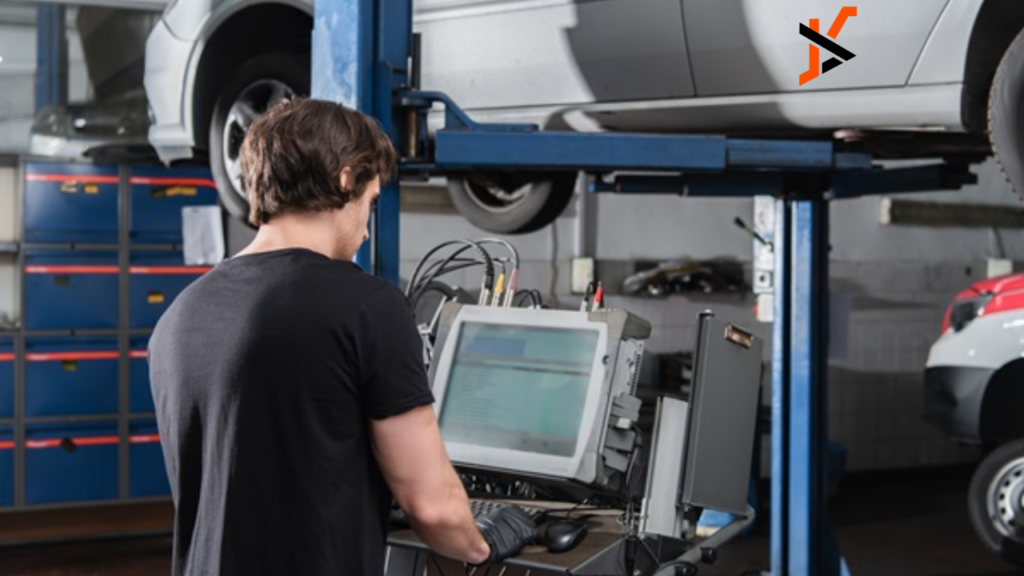In today’s manufacturing landscape, precision mechanics plays an important role in ensuring the accuracy, quality, and efficiency of industrial production. From aerospace to medical devices, the demand for ultra-precise components has led to rapid advancements in technology, reshaping how manufacturers approach machining and fabrication.
But what are the key innovations transforming this field? Technologies like CAD/CAM software, CNC machining, 3D printing, and laser cutting have revolutionized precision engineering, making processes more efficient and reducing the margin for error.
In this article, we’ll explore these cutting-edge technologies and their impact on the future of precision mechanics.
The Role of CAD/CAM in Precision Engineering
The development of Computer-Aided Design (CAD) and Computer-Aided Manufacturing (CAM) has significantly improved the way precision components are designed and produced. CAD allows engineers to create highly detailed digital models, ensuring that every dimension and tolerance is meticulously planned before production begins.
CAM software then takes these designs and translates them into machine-readable instructions, streamlining the entire manufacturing process. By integrating CAD/CAM systems with advanced machining tools, manufacturers can achieve higher levels of accuracy while minimizing material waste and production errors.
CNC Machining: The Backbone of Precision Manufacturing
One of the most significant breakthroughs in precision mechanics is the rise of Computer Numerical Control (CNC) machining. Unlike traditional manual machining, CNC technology enables automated, high-precision manufacturing by controlling machine tools with programmed software.
CNC machines can operate with minimal human intervention, ensuring consistency across large production runs. Whether it’s milling, turning, or grinding, CNC machining allows for extreme precision, tight tolerances, and complex geometries that would be nearly impossible to achieve manually.
Additionally, modern CNC systems are increasingly integrating AI and IoT capabilities, enabling real-time monitoring, predictive maintenance, and automated adjustments for even greater efficiency and accuracy.
The Impact of 3D Printing on Precision Mechanics
Additive manufacturing, commonly known as 3D printing, has opened new possibilities in precision engineering. Unlike traditional subtractive methods, where material is removed from a larger block, 3D printing builds objects layer by layer, allowing for intricate designs and lightweight structures that were previously unattainable.
This technology is particularly beneficial for rapid prototyping, enabling manufacturers to test and refine designs quickly without the high costs of traditional tooling. Additionally, 3D printing is being increasingly adopted for the production of complex, high-performance parts in industries such as aerospace, medical, and automotive.
By integrating 3D printing with other precision mechanics processes, manufacturers can further optimize efficiency, reduce material waste, and accelerate time-to-market.
Laser Cutting: Enhancing Accuracy and Speed
Another game-changer in precision mechanics is laser cutting technology. This method uses a highly focused laser beam to cut through materials with exceptional accuracy, making it ideal for industries requiring fine detail and high repeatability.
Laser cutting offers several advantages that make it a preferred choice in precision mechanics. One of its key benefits is the minimal material waste it generates, as the precision of the laser ensures that only the necessary amount of material is removed, reducing excess and improving efficiency. Additionally, high-speed production is another major advantage, allowing manufacturers to complete cutting processes much faster compared to traditional methods. Finally, superior edge quality is a significant factor, as laser cutting produces clean and precise cuts that require little to no additional finishing, streamlining the overall manufacturing process.
From metal fabrication to electronic components, laser cutting enhances the precision and efficiency of modern manufacturing, allowing companies to meet stricter quality standards while optimizing production costs.
The Future of Precision Mechanics
As technology continues to advance, precision mechanics is poised for a new era of innovation. Emerging technologies such as AI-driven automation, IoT-enabled smart manufacturing,and hybrid machining techniques are set to redefine the way components are designed, produced, and monitored. These developments are not only improving accuracy and efficiency but also making manufacturing more sustainable by reducing waste and optimizing resource usage.
Artificial intelligence (AI) and machine learning are playing an increasingly significant role in precision engineering. AI-powered systems can analyze vast amounts of production data in real time, identifying inefficiencies, predicting equipment failures, and making automated adjustments to enhance precision. This level of predictive maintenance minimizes downtime and extends the lifespan of critical machinery, leading to more cost-effective and reliable operations.
The Internet of Things (IoT) is also revolutionizing smart manufacturing by enabling interconnected systems that communicate seamlessly across the production line. Sensors embedded in CNC machines and other precision equipment collect and transmit data, allowing manufacturers to monitor performance remotely, track quality metrics, and make instant optimizations. This level of connectivity improves process control and ensures consistent output, reducing human error and increasing overall efficiency.

